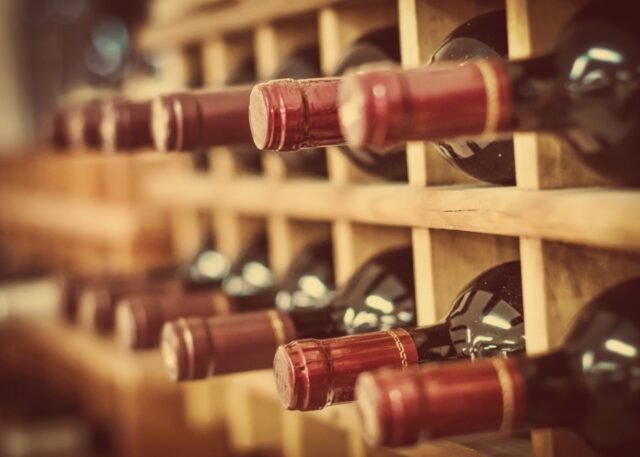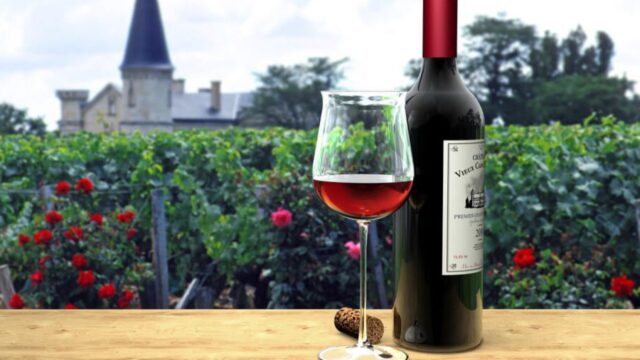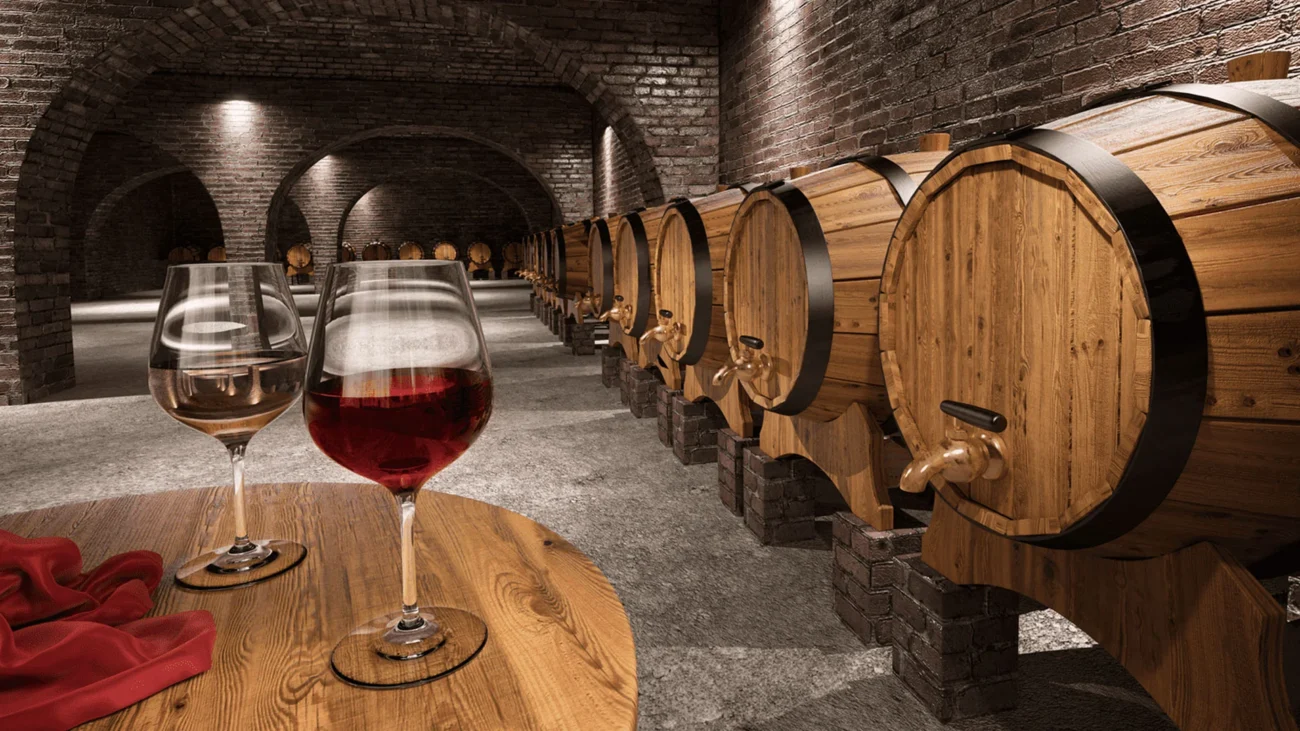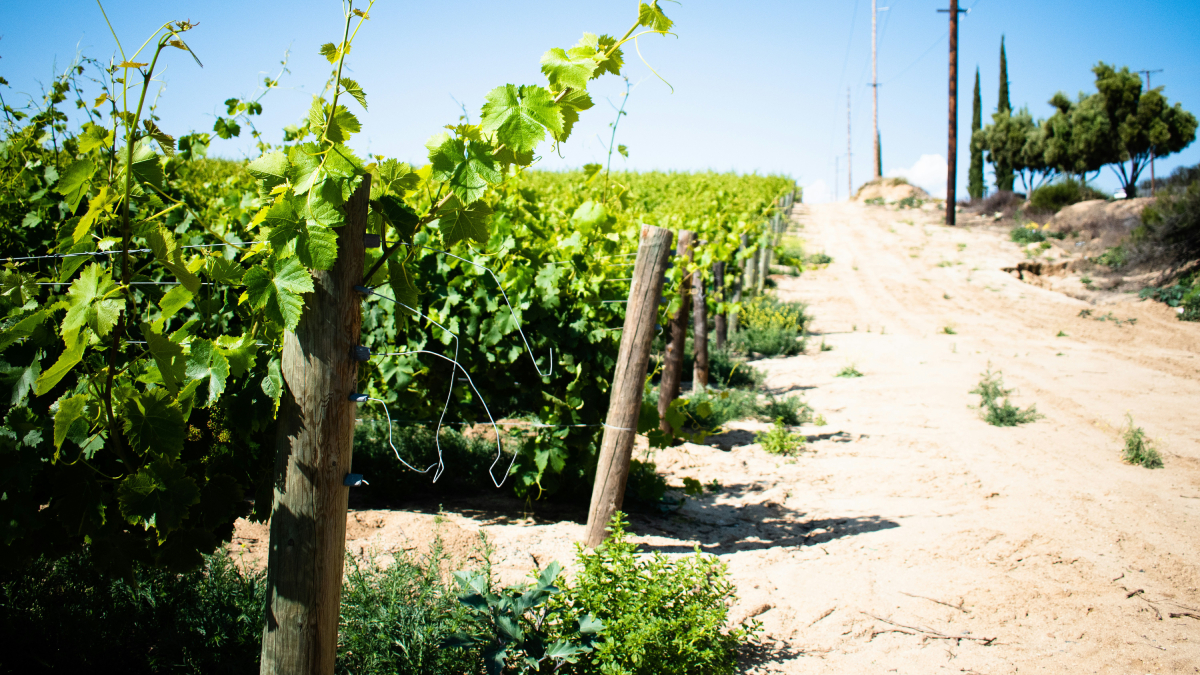
Wine lovers often ask, “What’s the deal with some bottles costing more than my rent?” Is it the taste, the exclusivity, or just good marketing? As a sommelier who also dabbles in whiskey (I’ll explain why that matters later), I’ve got some answers. Spoiler alert: it’s a mix of nature, human craft, and, yes, a dash of hype.
Key Points
- High prices often come from rarity or limited production.
- Terroir influences the unique characteristics of wine.
- Winemaking techniques and aging add to the cost.
- Market demand plays a huge role in pricing.
- Collectors and investment culture inflate certain prices.
Rarity ─ Limited Editions for the Wine World
Think about how limited-edition items—sneakers, collector’s cards, or even rare whiskey bottles—create a buzz. Wine operates on the same principle. A vineyard producing only a few thousand bottles a year can create a sense of exclusivity. Some vineyards span only a few acres, and with climate or soil restrictions, they can’t just plant more vines to meet demand.
Rare grapes also factor in. For example, some ancient or indigenous grape varieties are only grown in one small region of the world. The difficulty in cultivating them and the tiny yields make every bottle a treasure. Rarity not only makes a wine unique but gives it a story—and people love a good story when they’re paying a premium.

Terroir ─ Why the Land Matters
Everything about the land where grapes are grown impacts flavor. Think about how coffee beans from Ethiopia taste completely different from Colombian beans. It’s the same concept. Soil, climate, altitude, and even nearby plants play a role in shaping flavor.
For example, coastal vineyards get salty breezes, which can subtly influence the grapes. Cooler regions produce wines with higher acidity, while warmer climates result in bold, ripe flavors. The complexity of terroir makes each bottle a reflection of its origins. Some wine lovers pay top dollar to experience that connection between the glass and the earth.
Winemaking Techniques ─ Artistry in Every Sip
What happens in the winery can elevate or ruin the final product. High-end winemakers often use labor-intensive methods. For instance, hand-harvesting ensures only the ripest grapes make it into production, while machines can crush grapes and vines together, adding bitterness.
Fermentation methods also vary. Small-batch fermentation in oak barrels offers more control and complexity than large-scale steel tanks. Then there’s the matter of oak aging. French oak barrels impart soft, elegant flavors, while American oak adds bold, toasty notes. The choice of barrel, the aging time, and even how often the barrels are rotated all impact the final product. This craftsmanship isn’t cheap.
Aging ─ Time Equals Money
Some of the world’s most expensive wines owe their price to aging. Time allows flavors to evolve, softening harsh tannins and developing nuanced notes. However, aging is an investment. Producers must store wine in ideal conditions—temperature-controlled cellars with perfect humidity—for years or even decades.
During this time, producers aren’t selling those bottles, which ties up resources. When the wine is finally released, those costs are reflected in the price. That’s why aged wines often command a premium. Patience pays off, but not without a price tag.

Innovative Technology Meets Traditional Craft
Some wineries now use drones to monitor vine health or infrared cameras to detect diseases early. Soil analysis with lasers ensures optimal planting spots, maximizing quality.
But even with all this innovation, the core of premium wine still relies on age-old techniques. Blending the best of both worlds—old-school artistry and cutting-edge tech—creates wines that maintain authenticity while improving efficiency. For enthusiasts of fine beverages, this blend of tradition and innovation is also reflected in spirits like whiskey.
Marketing ─ Building a Story Around a Bottle
A name like Bordeaux or Champagne carries weight because of the history and reputation behind it. Even if a bottle doesn’t taste better than one from a lesser-known region, the name alone can justify the price.
Producers know this and use it to their advantage. Labels are designed to exude elegance. Some even hire designers to create eye-catching bottles. Limited-edition releases, collaborations with celebrities, or “exclusive” vineyard tours all add to the mystique. You’re not just buying wine—you’re buying into an experience.
Wine as an Investment ─ Liquid Gold
Bottles from renowned producers like Château Margaux or Domaine de la Romanée-Conti often sell for thousands at auctions. These wines are rarely opened; they’re stored in ideal conditions to appreciate in value.
Collectors treat wine like stocks or fine art. The limited supply combined with increasing demand over time makes it an asset. While this might seem strange to someone who just wants a good drink, it’s a big reason why certain wines reach stratospheric prices.
Climate Challenges ─ The Gamble of Nature
Wine producers are at the mercy of the elements. A late frost, unexpected hailstorm, or prolonged drought can devastate a harvest. For small vineyards, this means fewer bottles, which automatically drives up prices. Climate unpredictability makes winemaking a risky business.
Some regions are experimenting with ways to combat these challenges, such as planting heat-resistant grape varieties. Others are adapting by shifting their harvest schedules. Still, Mother Nature remains the wild card in pricing.

Geography ─ Distance Adds Dollars
If you’ve ever wondered why wines from far-flung regions cost more, logistics is the answer. Importing bottles from remote areas involves shipping fees, tariffs, and taxes. Some countries impose strict regulations, adding more costs. By the time a bottle travels thousands of miles to your local store, its price has climbed significantly.
Regions with unique growing conditions, like Argentina’s high-altitude vineyards or South Africa’s cool coastal plains, produce excellent wines but aren’t always easy to access. That rarity adds to their allure—and their cost.
The Truth About Price and Quality
Let’s address the elephant in the room. Is a $500 bottle truly ten times better than a $50 one? Not always. Some wines are overpriced because of branding or perceived prestige. Blind taste tests often reveal that mid-priced options can hold their own against high-end bottles.
Great quality exists at every price point. The trick is knowing where to look and being open to experimenting. You don’t need to drain your savings to enjoy exceptional wine.
Final Thoughts
The price of wine depends on countless factors, including rarity, production methods, and market demand. Some bottles are worth the splurge for their craftsmanship and history, while others rely on clever marketing to justify their cost. Whether you’re sipping a $10 bottle or a $1,000 one, the real value lies in the experience. Pour a glass, savor the flavors, and let the wine tell its story. Cheers!







